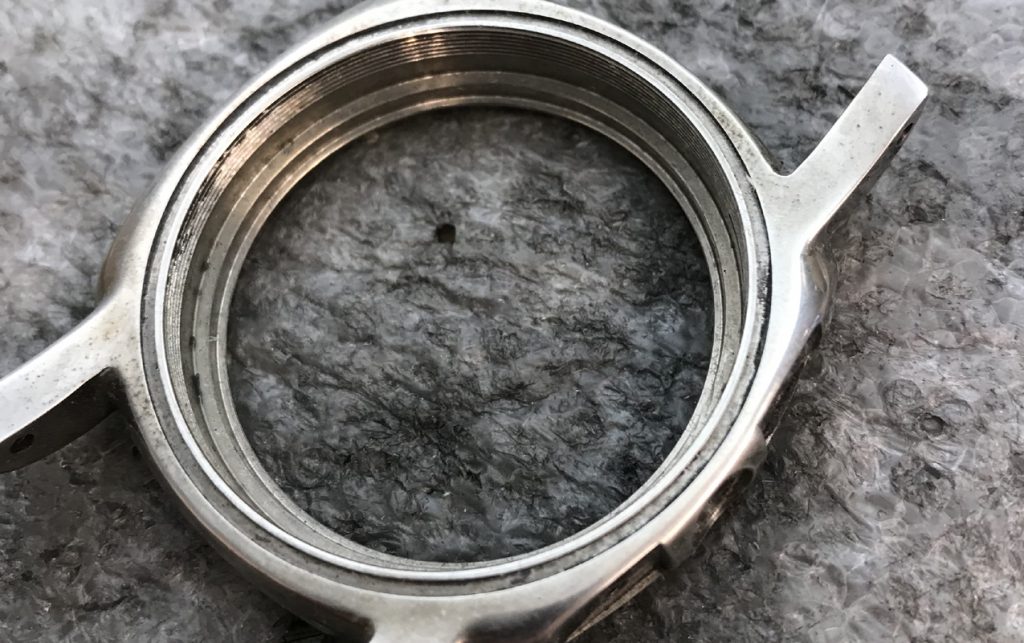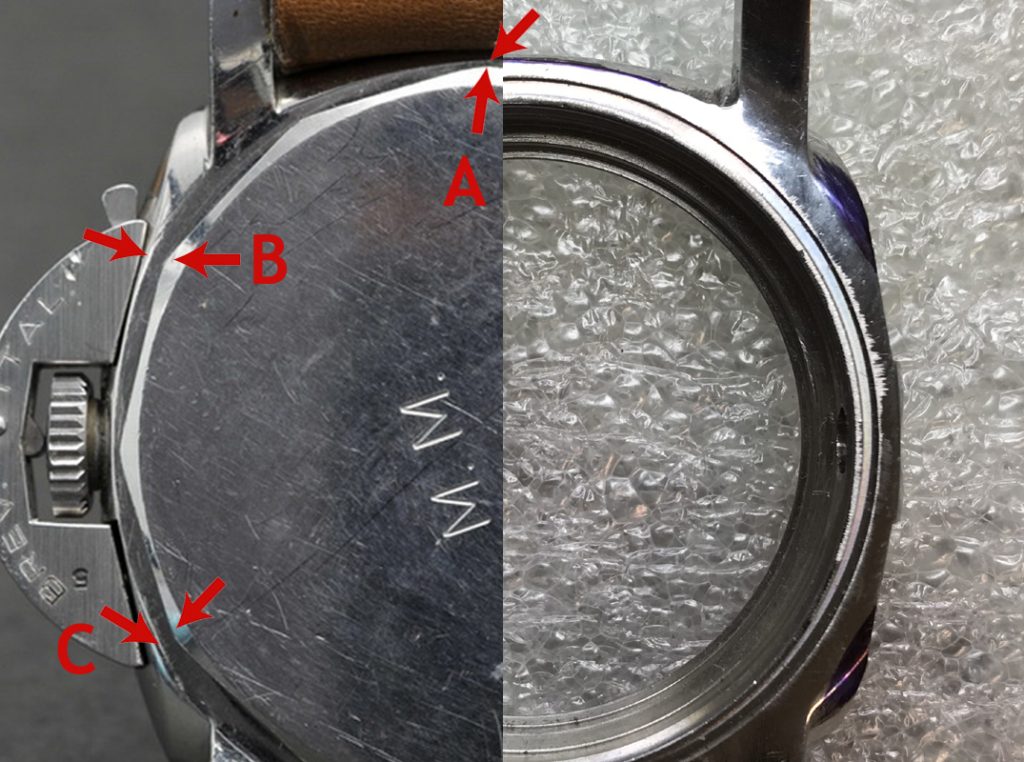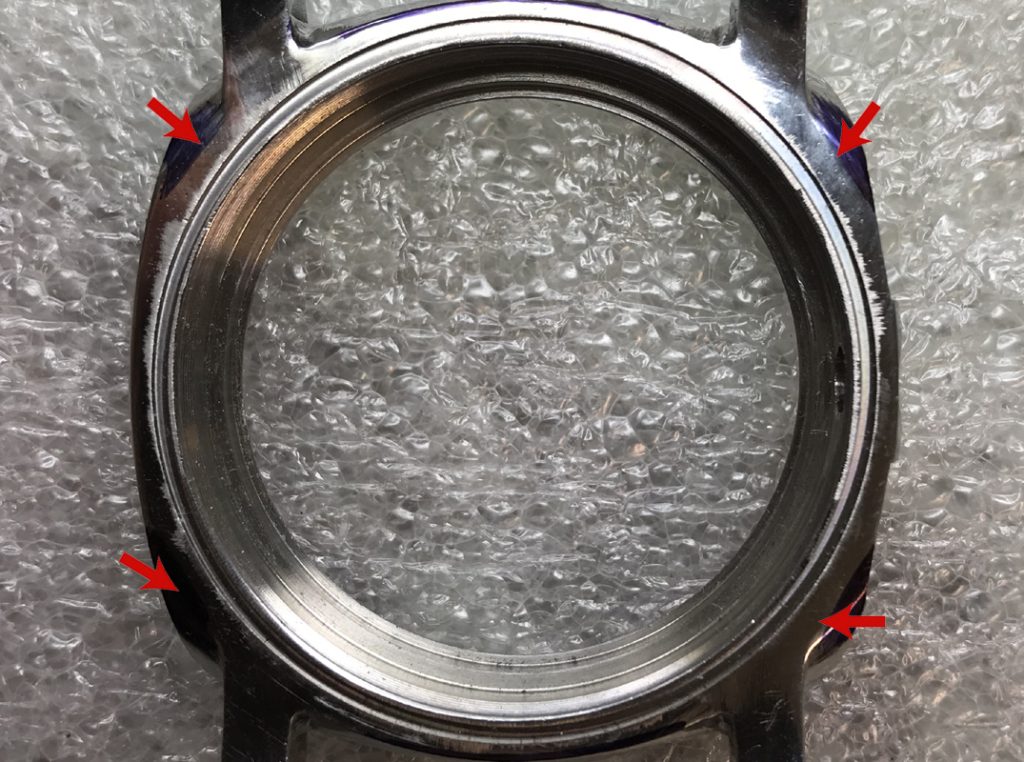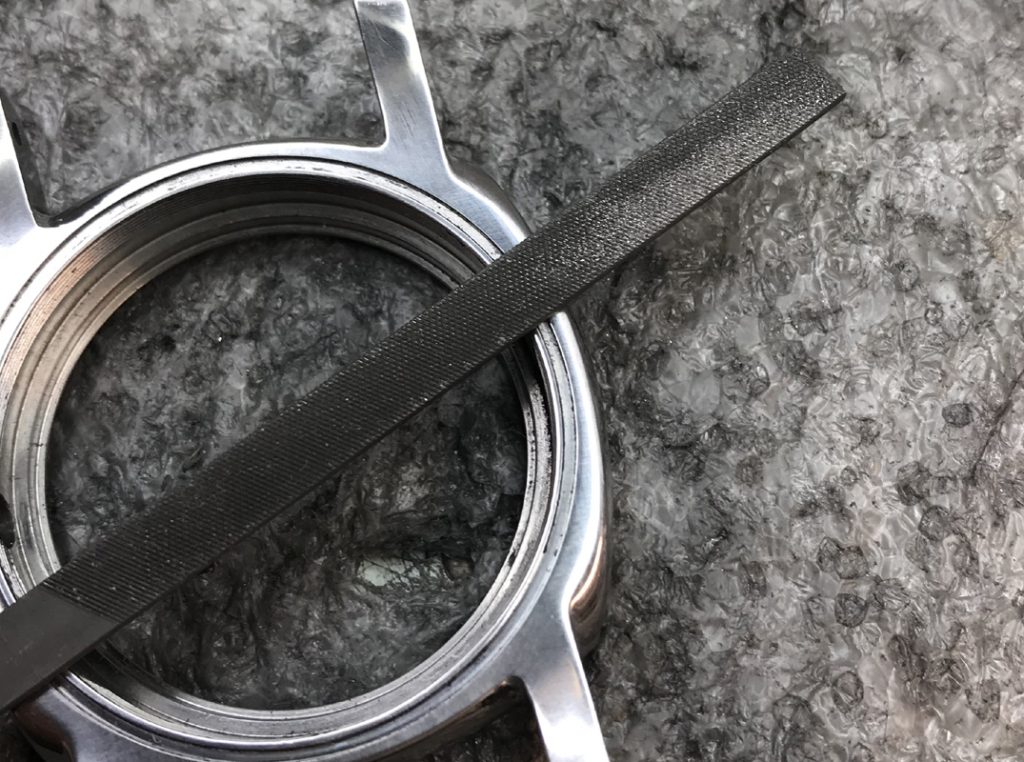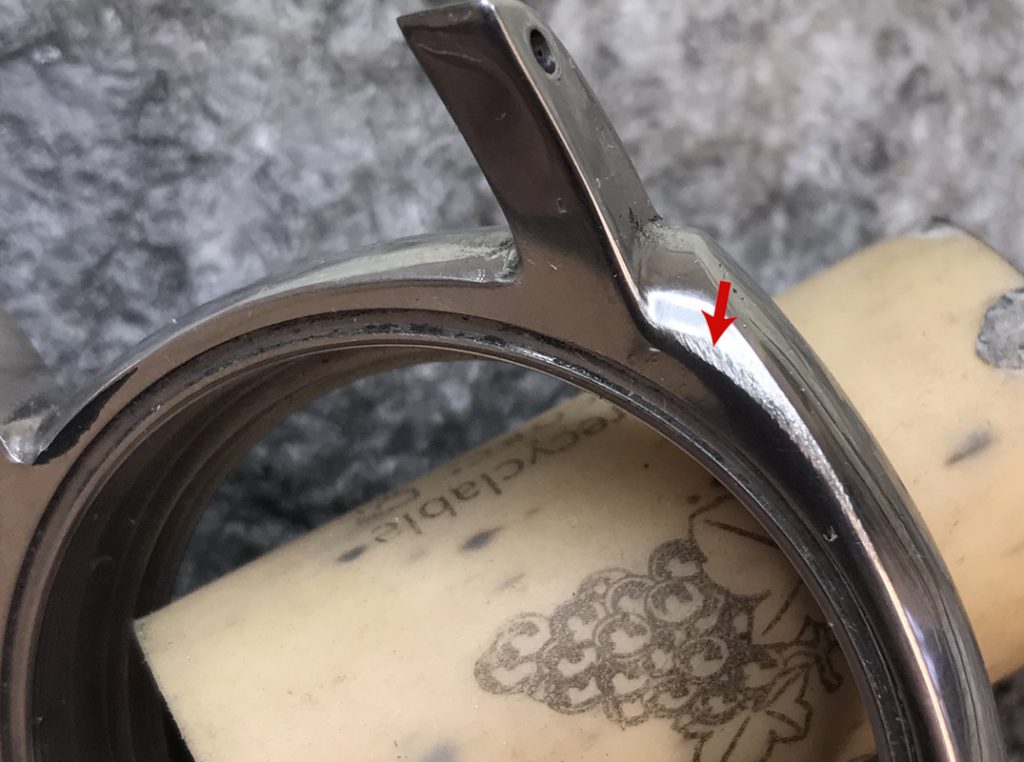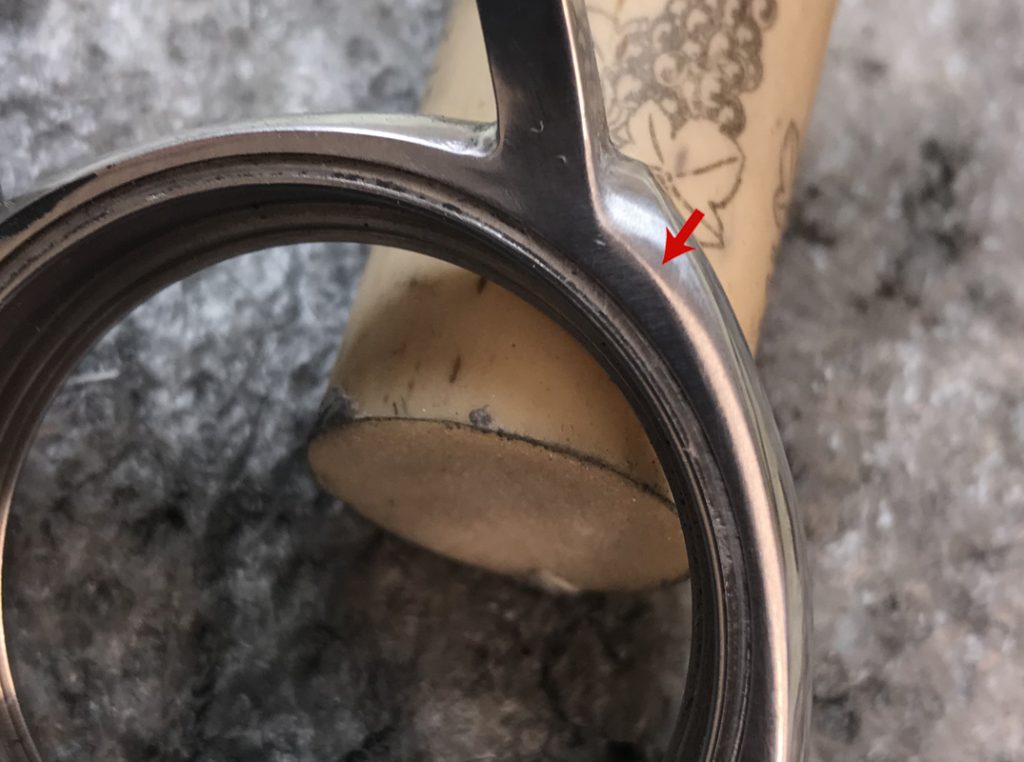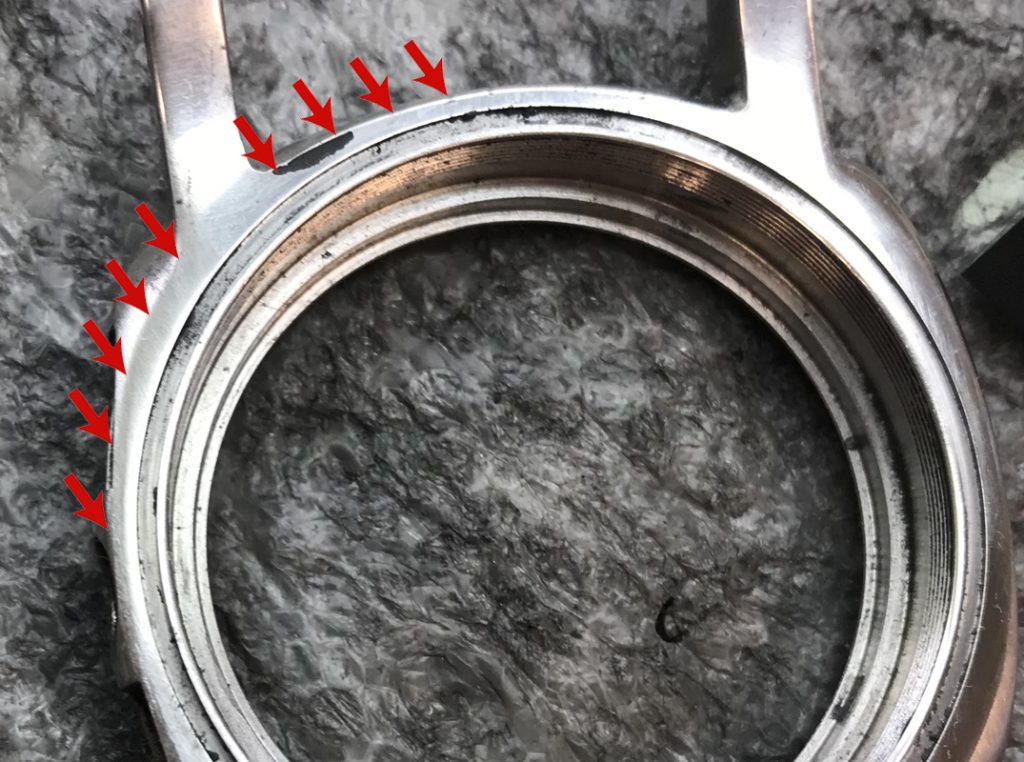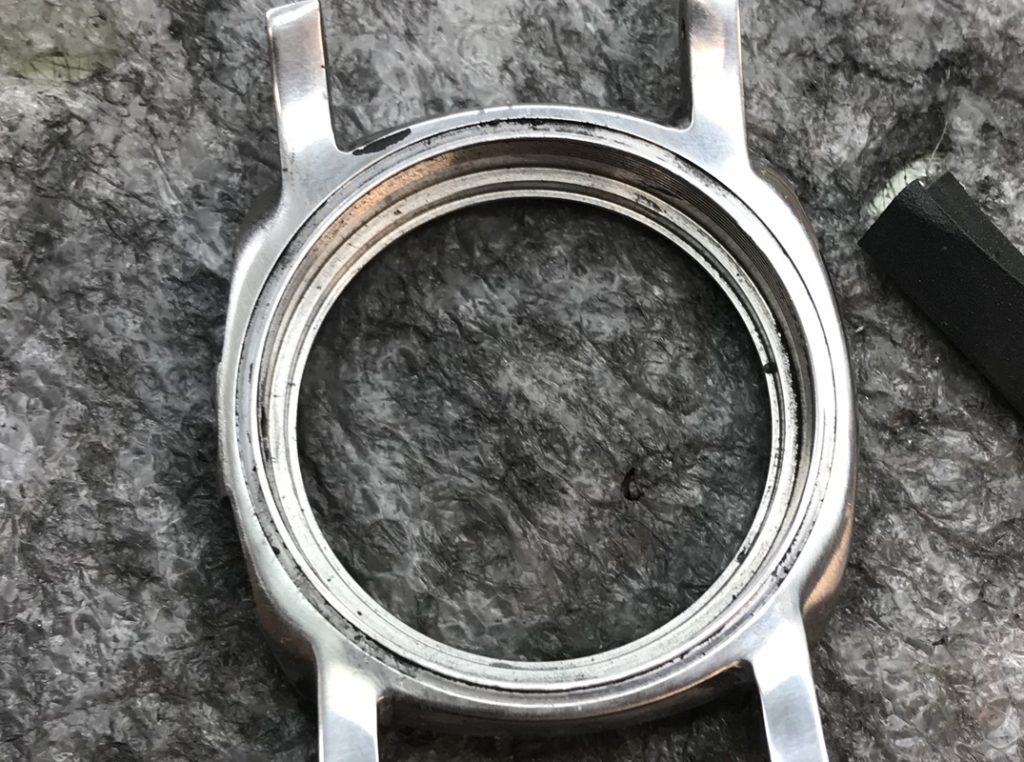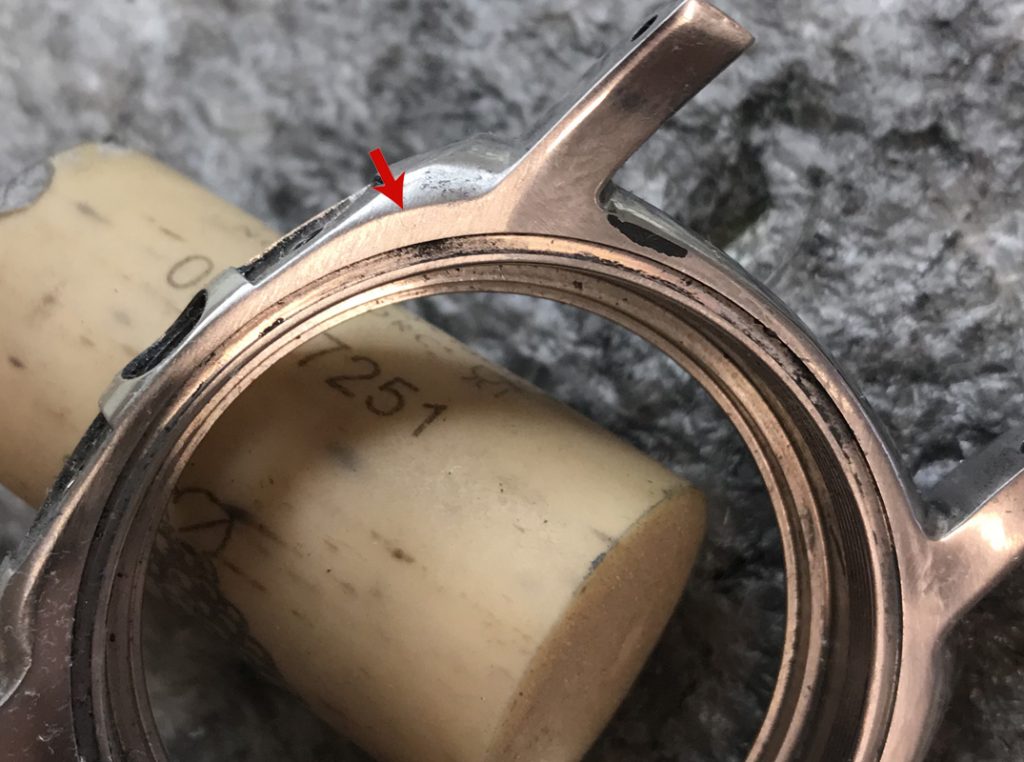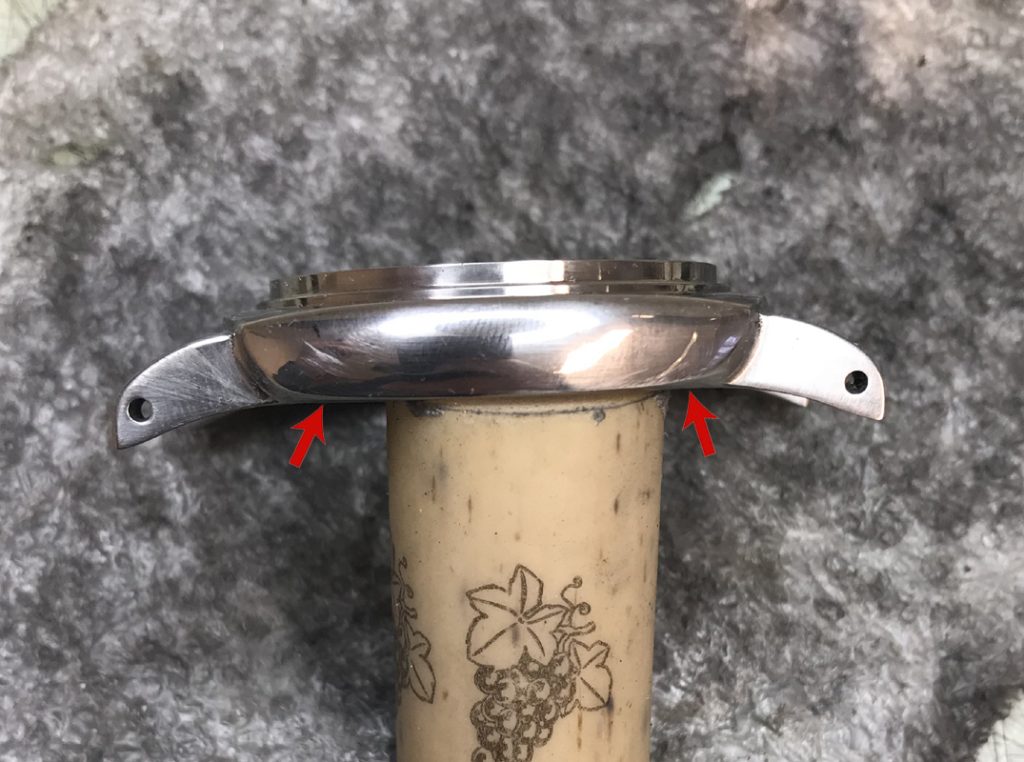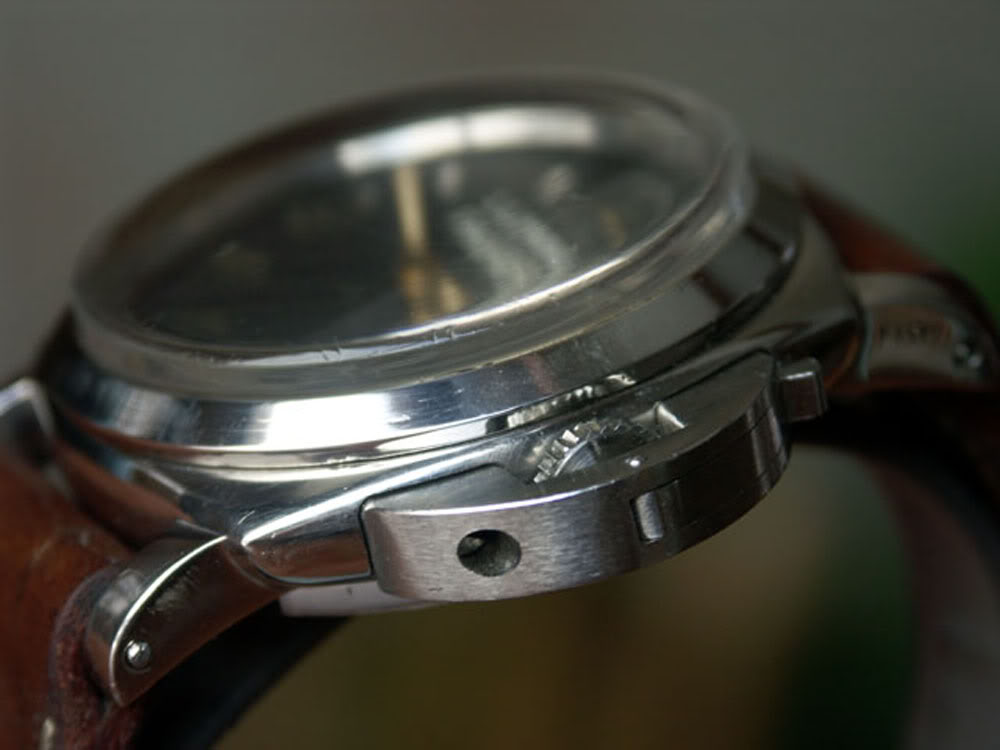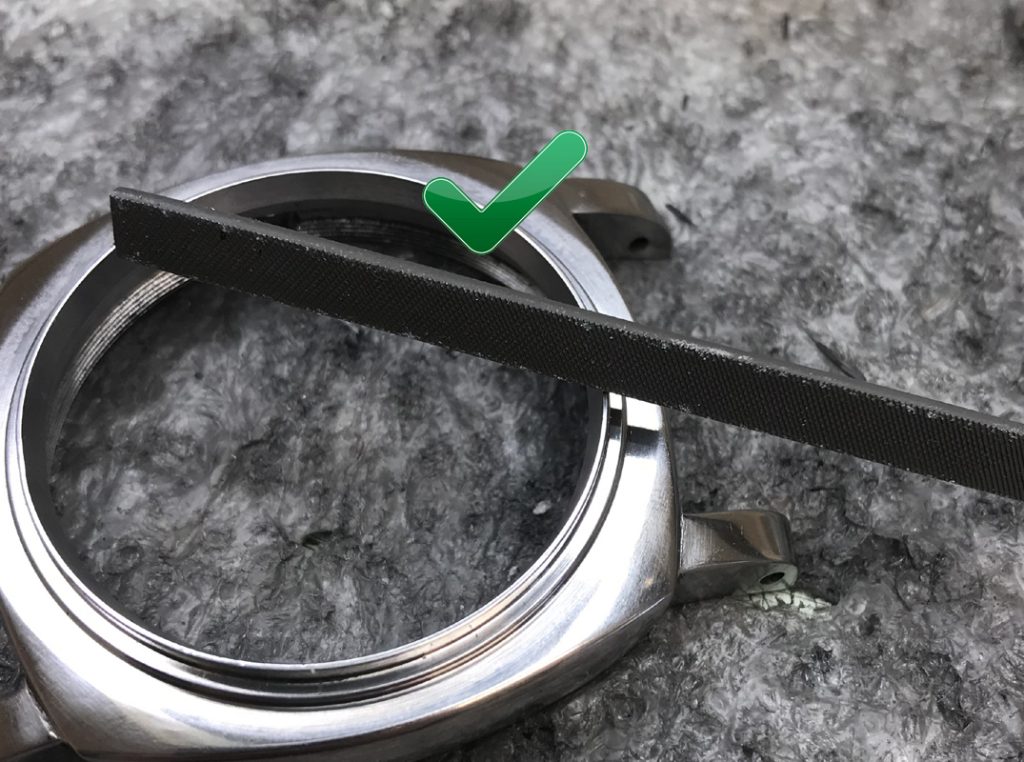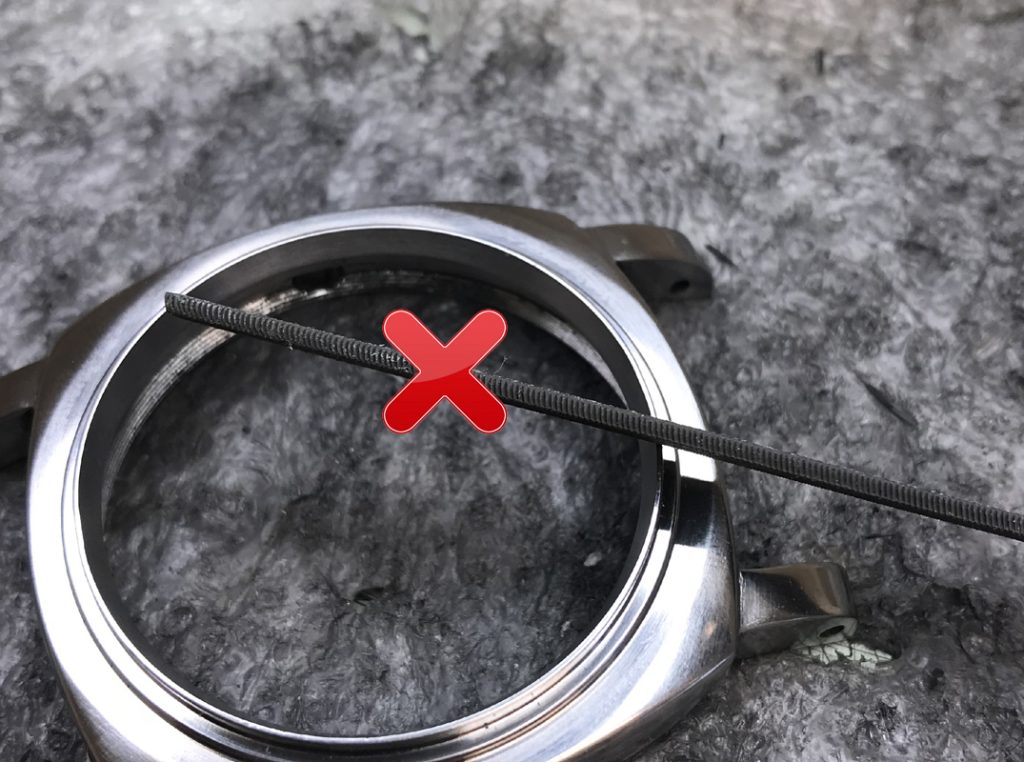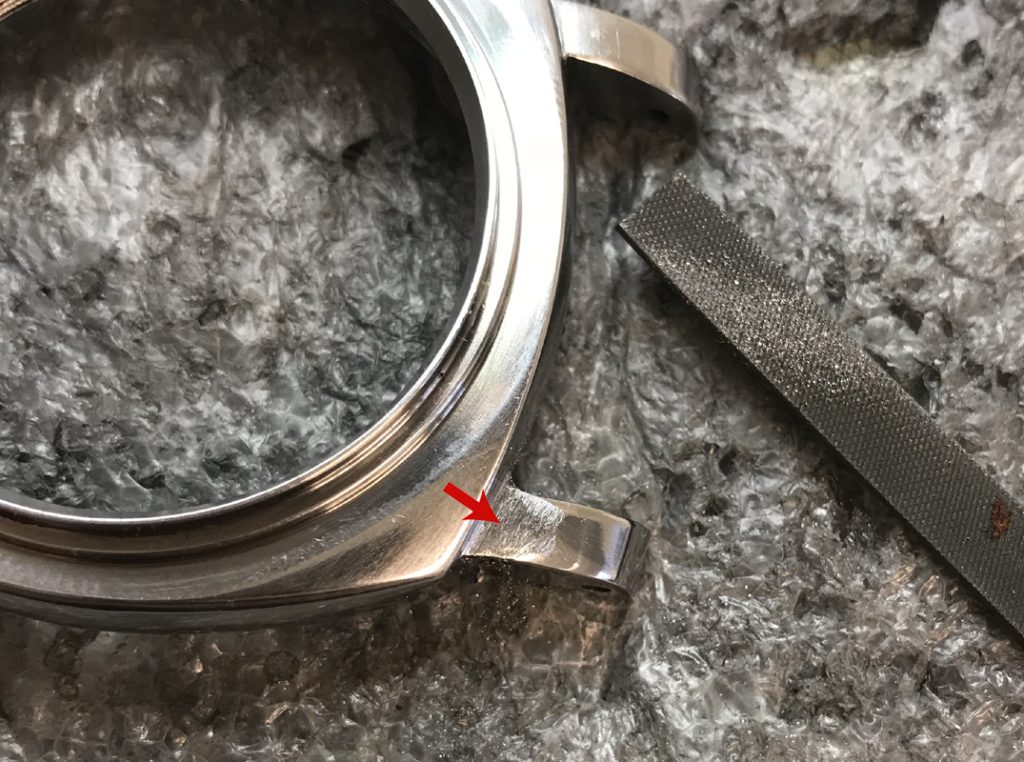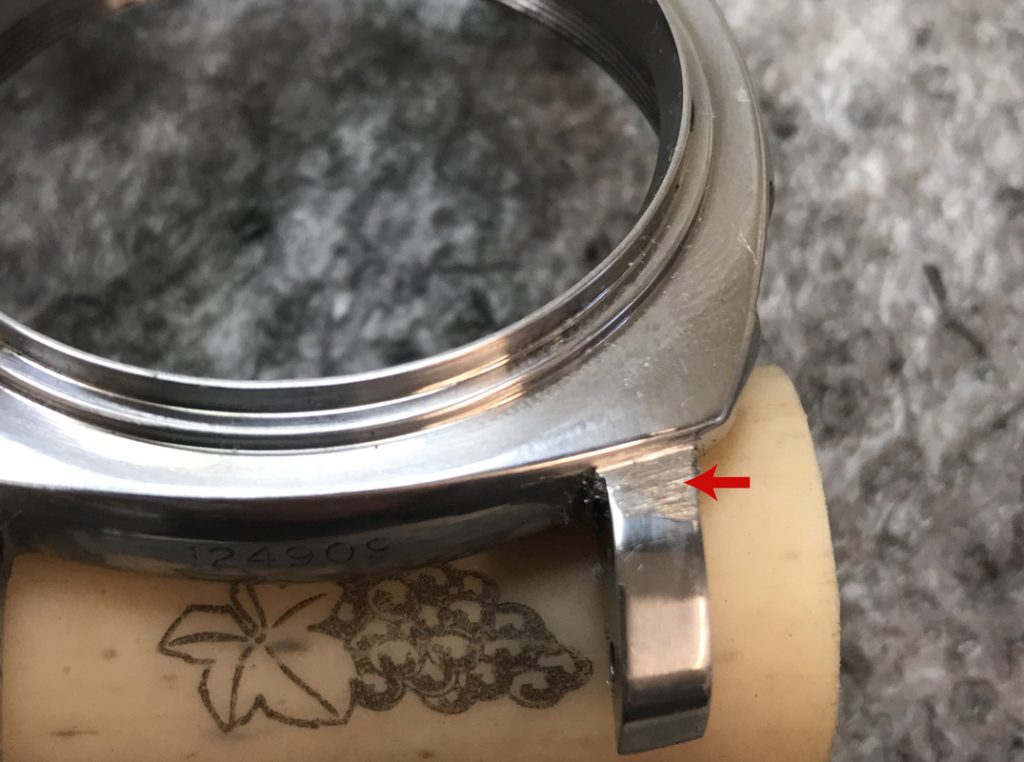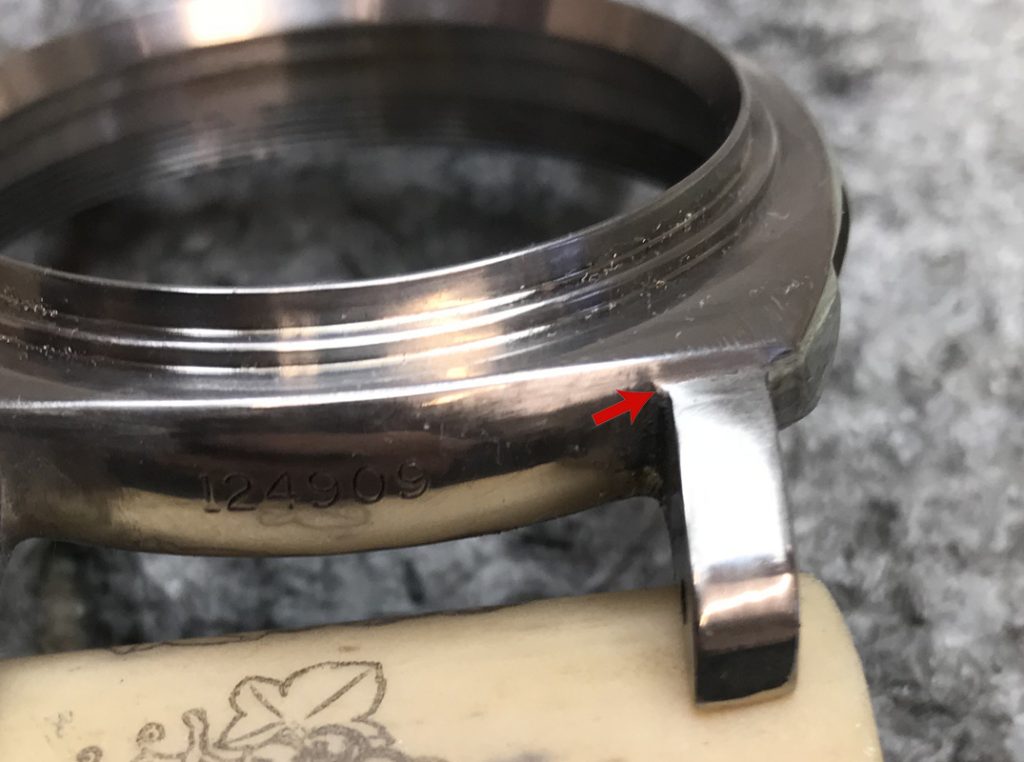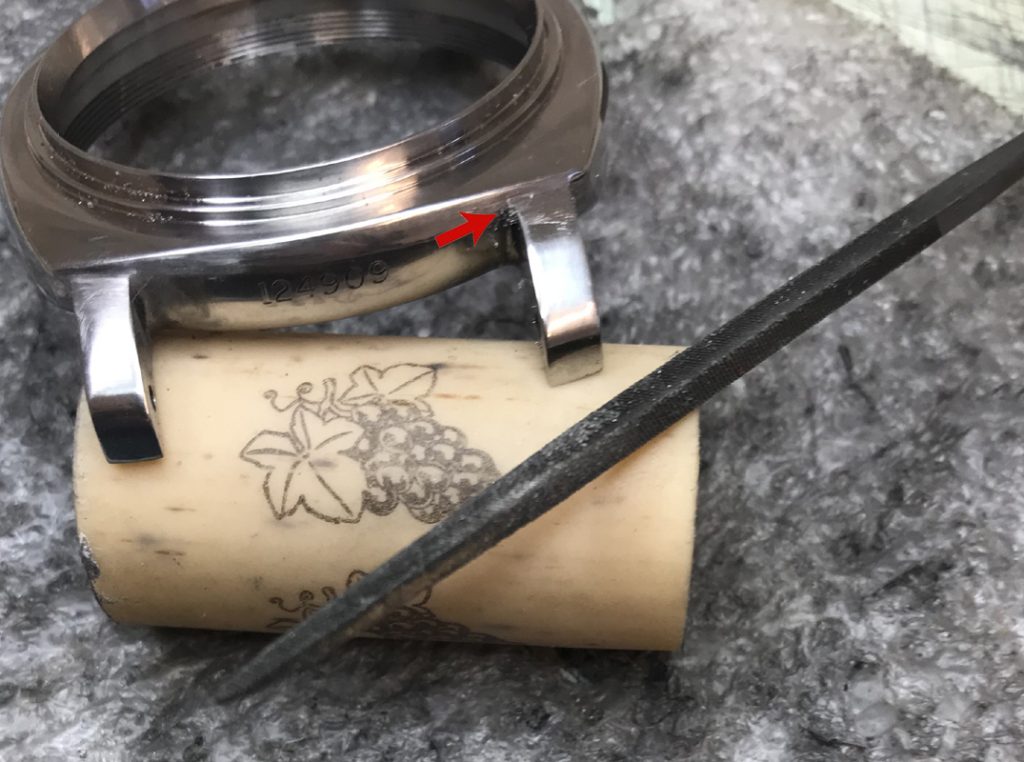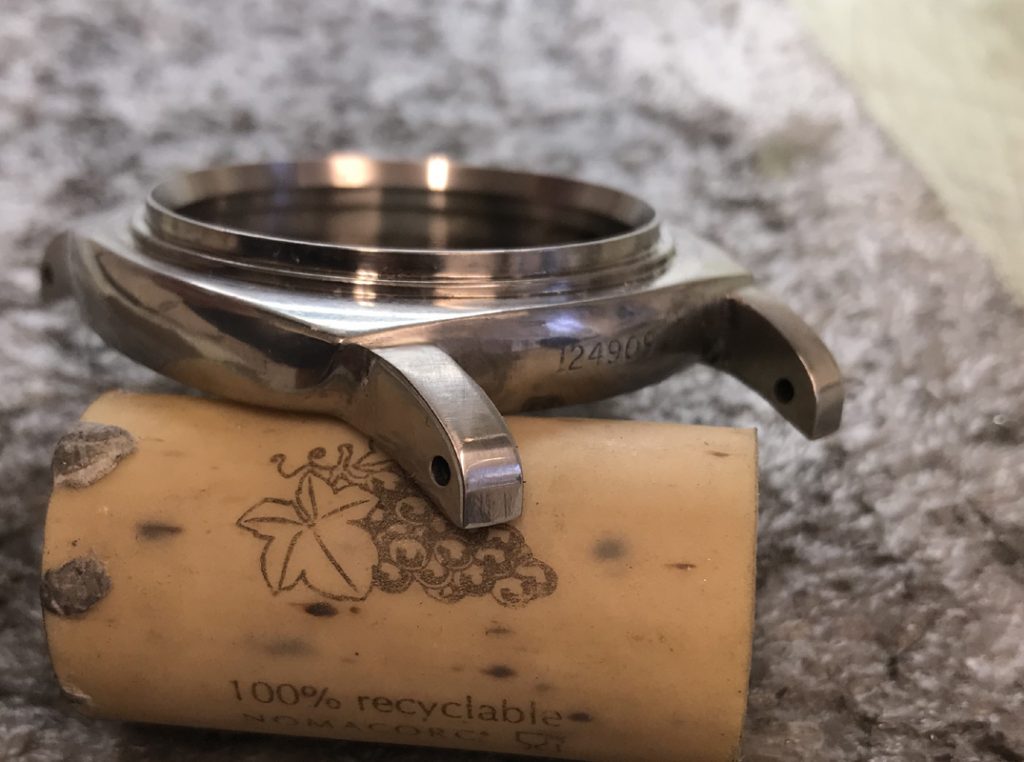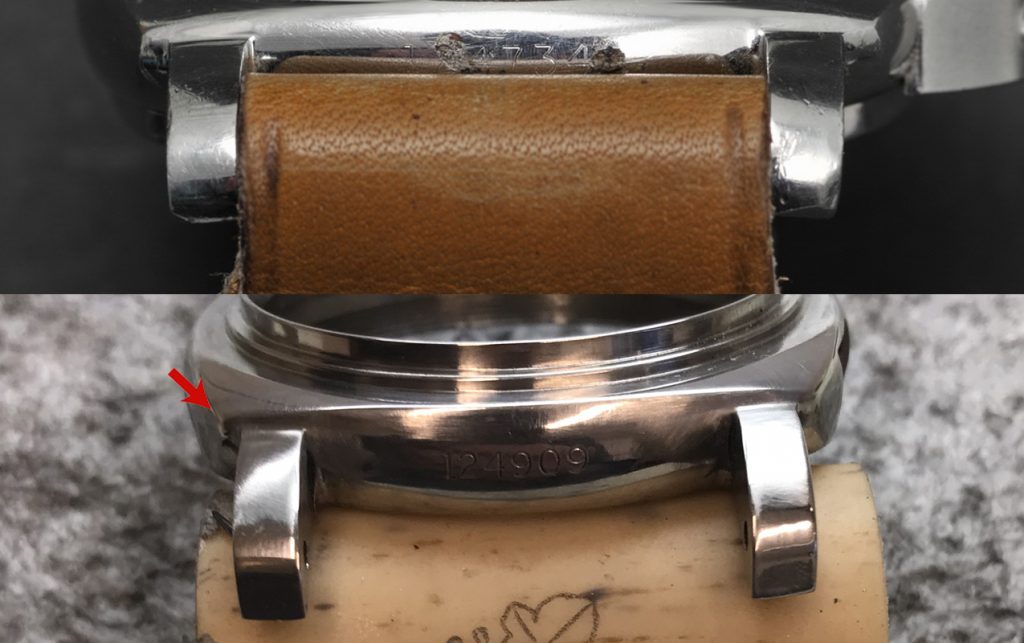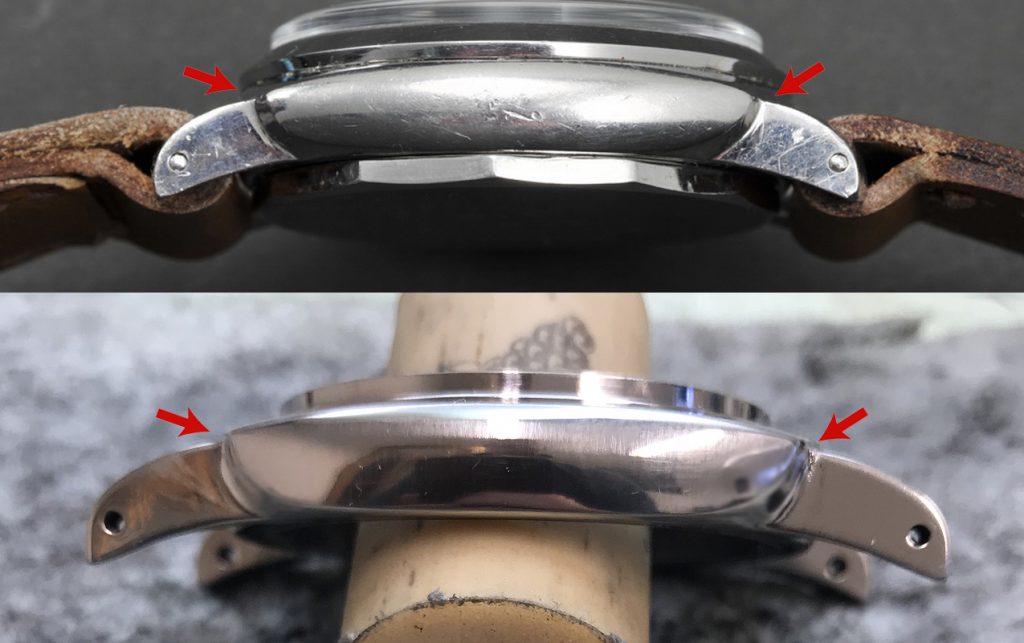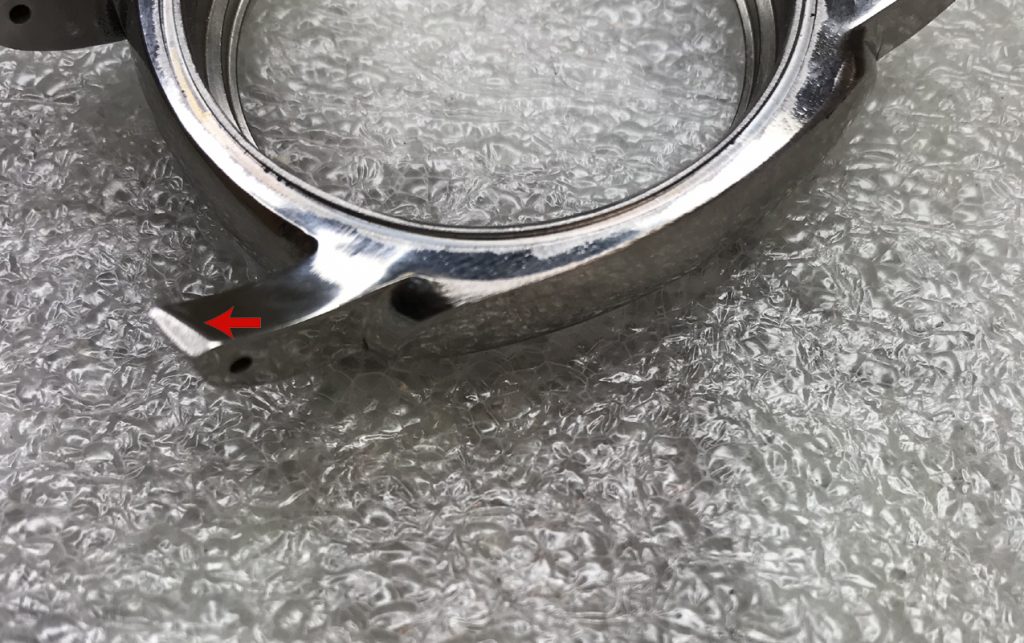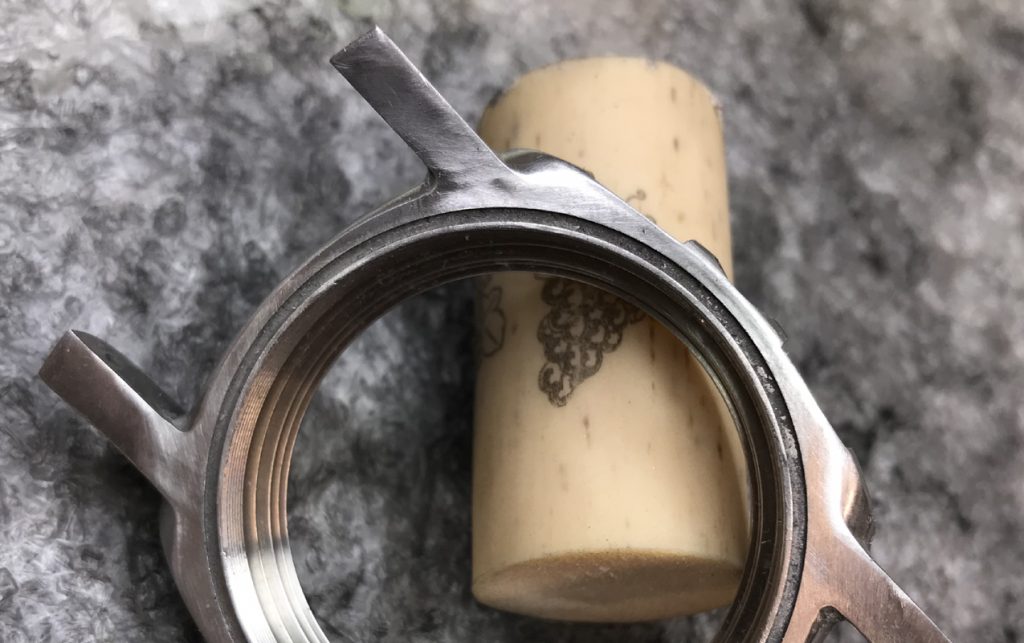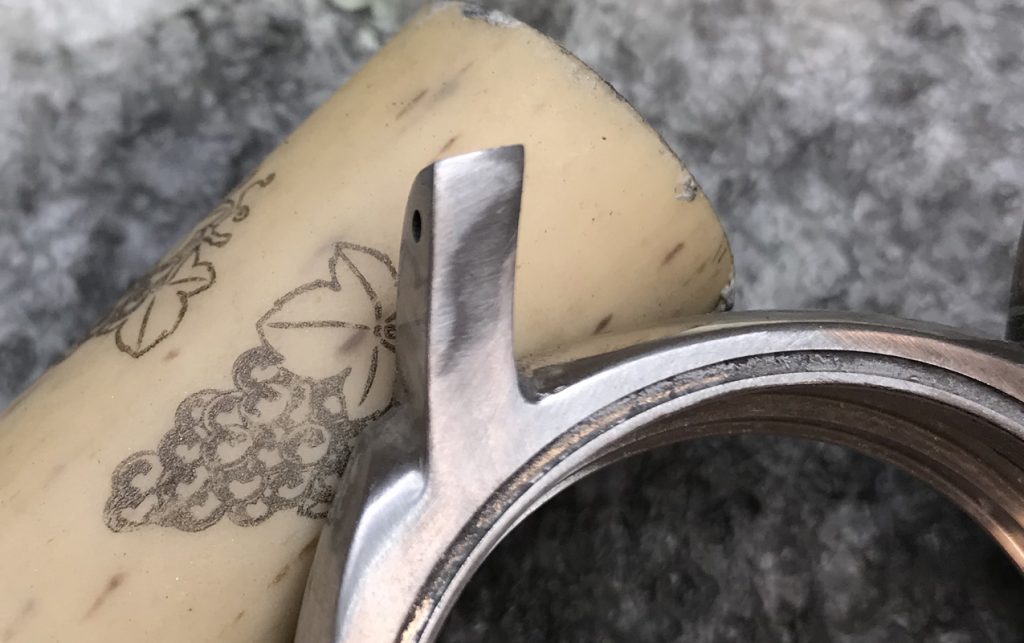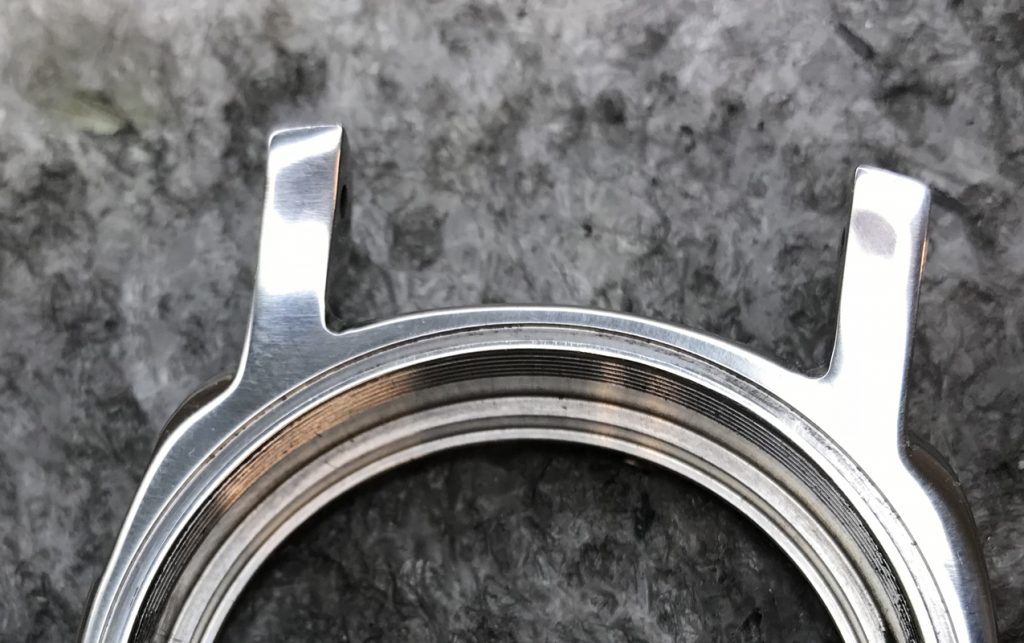There also a great step-by-step tutorial just above this post. To find it, go to “6152 Project” at the top of this page and look for the drop-down box. There are over 80 images that take you through every stage.
How to build the 6152 step-by-step using the Nightwatch 6152 Case:
This section shows how to polish and age the case
Paper is all you need: You can use an industrial polisher to finish your case but this will give a “brand new shine” depending on which grade of buffing wheel you use. Below I will finish this case using only wet and dry grit paper. When done correctly it will give a low-level shine as you would expect on a watch that is over 50 year old
Below: Start by rubbing the case with P400 wet and dry
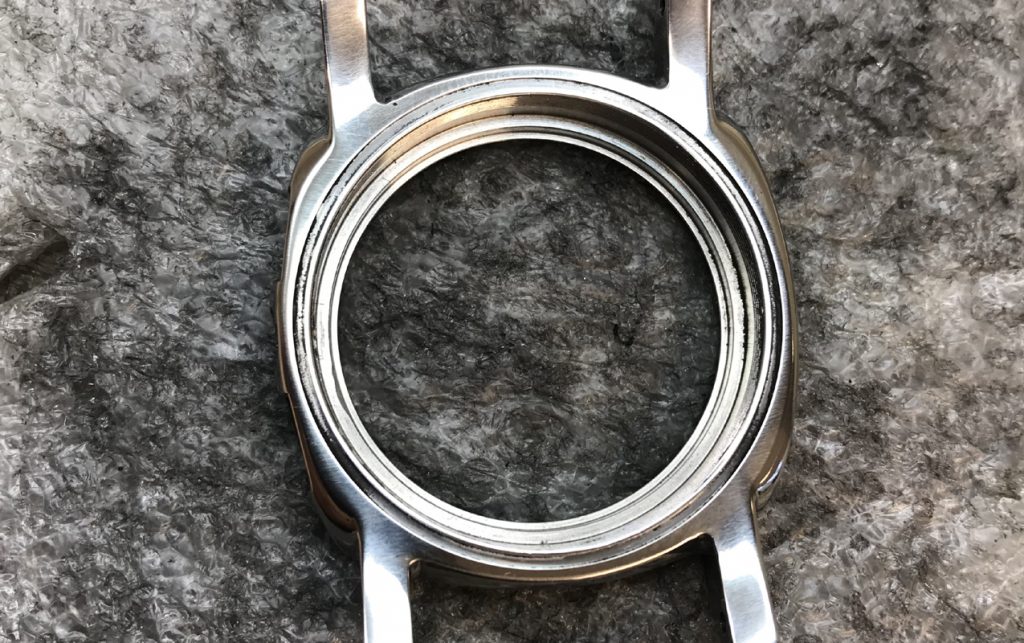
Below: This image shows a case thats been polished using a machine. This is fine but it does look too new.
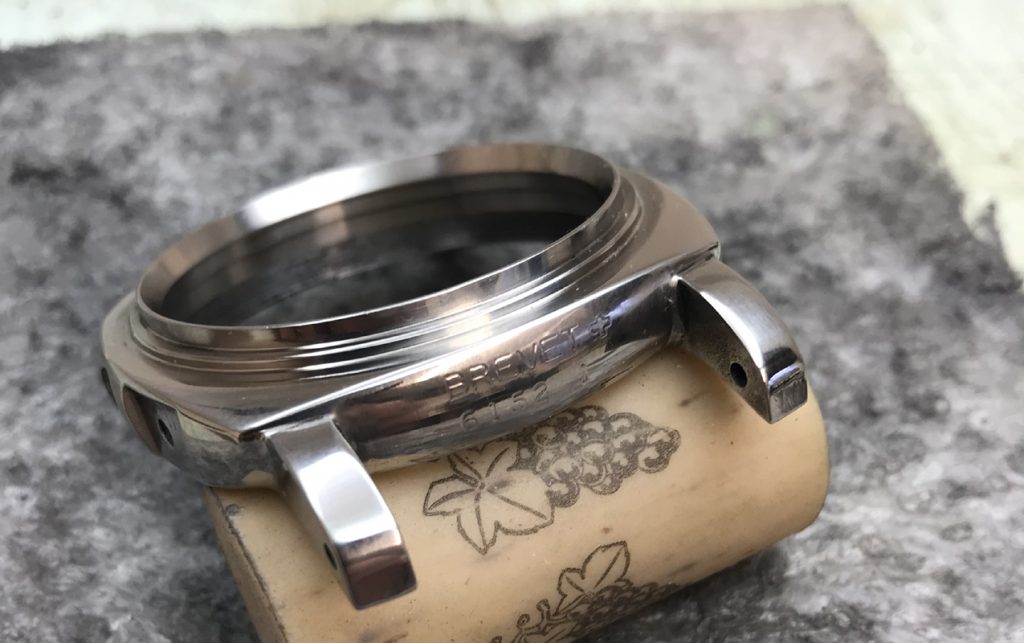
Below: When you polish the case you will start to see any errors you have made. Get them all out.
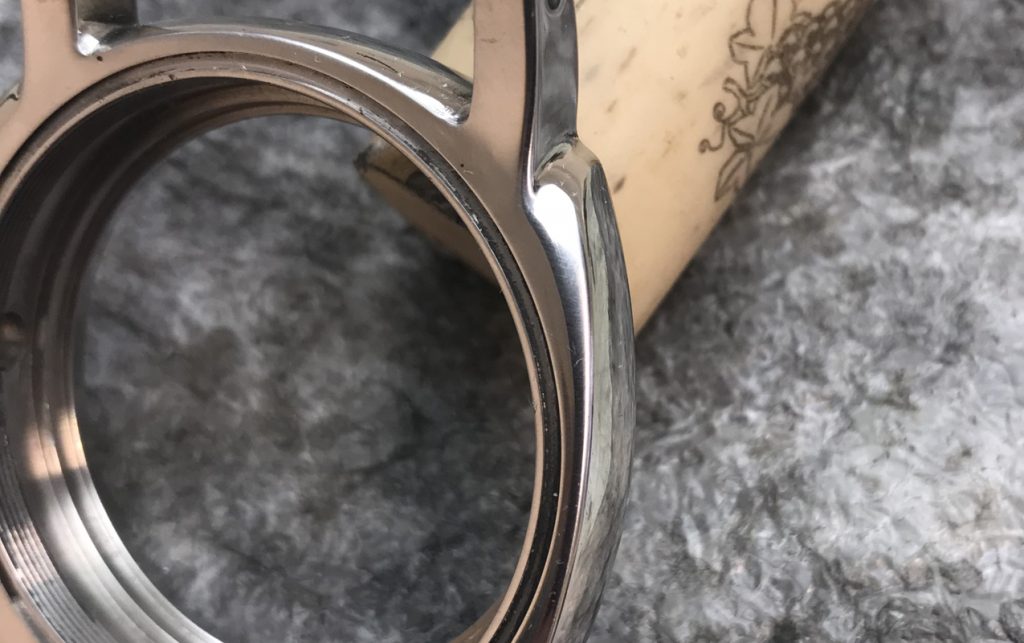
Below: The case has had P400 wet and dry and now its had P1200 wet and dry (a very fine grade paper). I usually rub the p1200 on itself (rub 2 surfaces of p1200 together) to make it even finer. Then rub the case, you will find that the paper on its own will polish the case to a nice level (not too shiny).
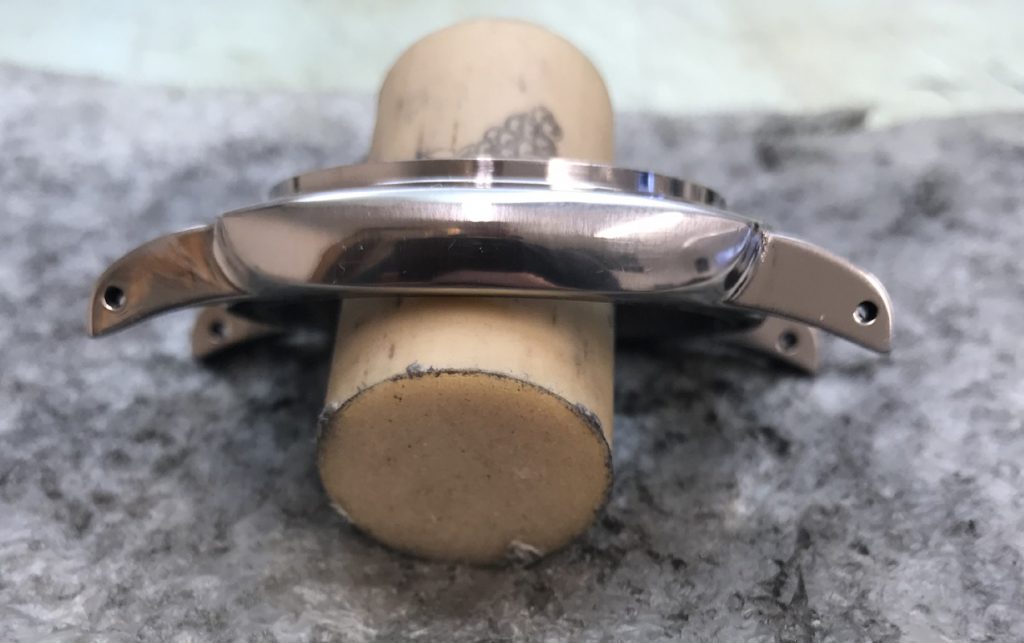
Below: Polished with only paper
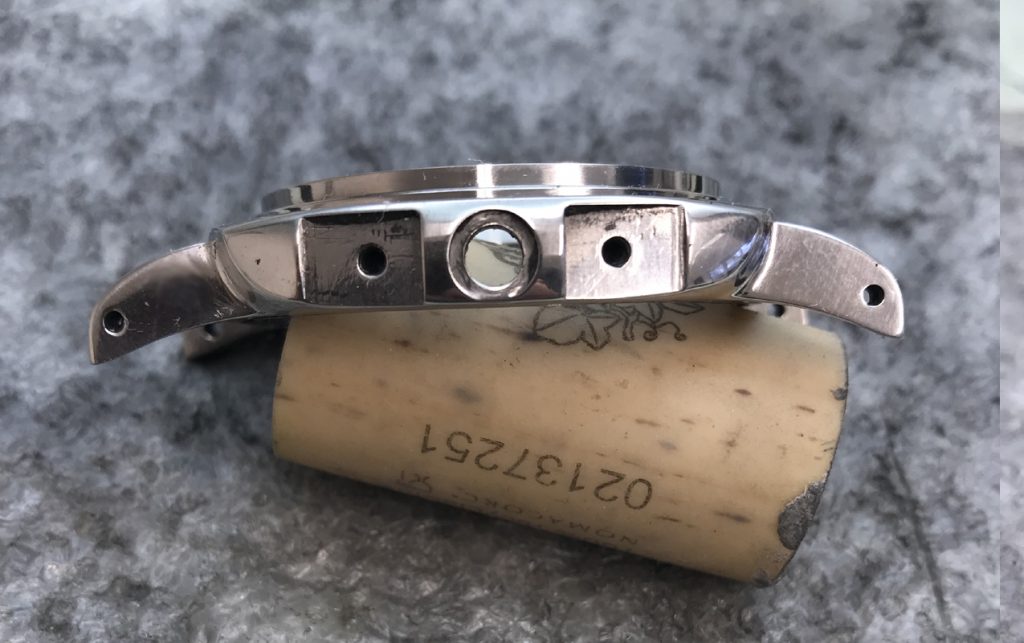
Ageing the Case Further using acid and making it look 50 years old
I have separated these stages as some people will not have acid or prefer not to work with it. Acid will add very fast aging to the case. Here is how its done.
Below: The case is being prepared with P1200 wet and dry. You can skip this process as shown above if you have already polished your case with p1200, simply dont polish the case too much and make it too shiny
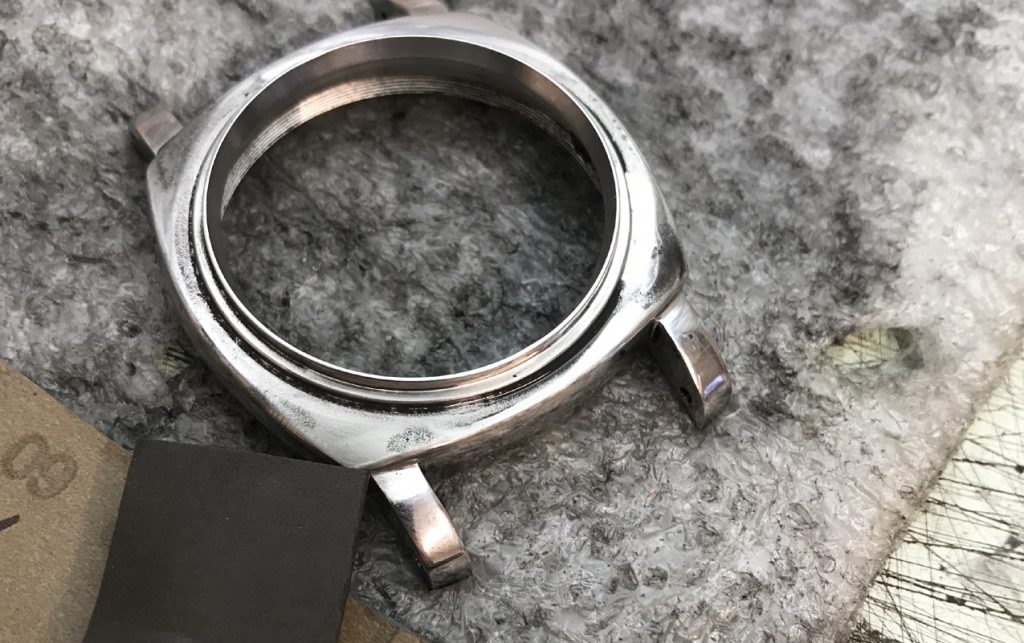
Below: Make the case shiny but not too shiny (a little dull)
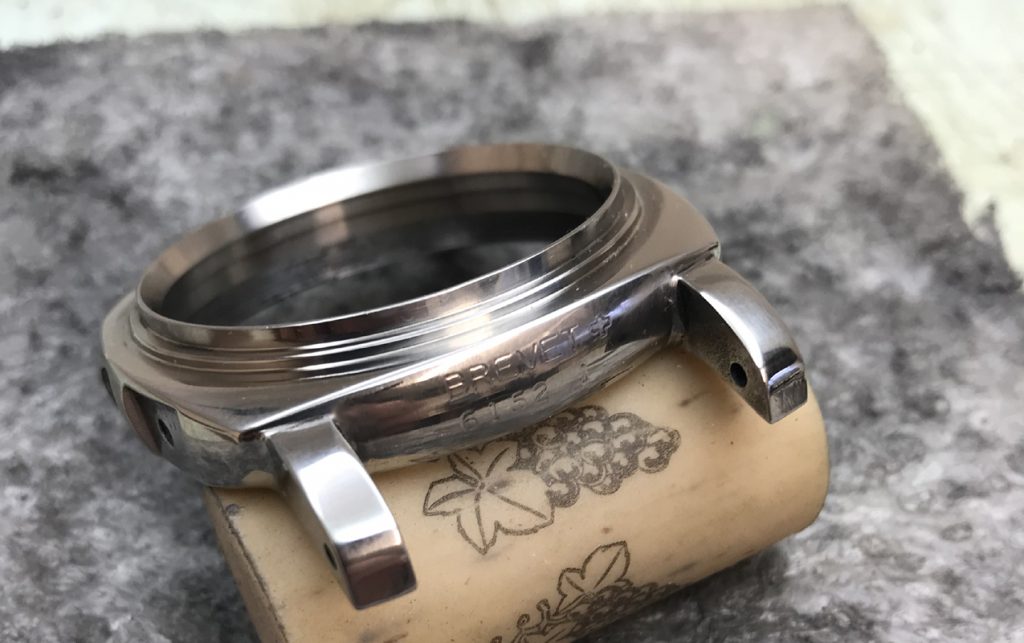
Below: This is what the finish should look like before acid
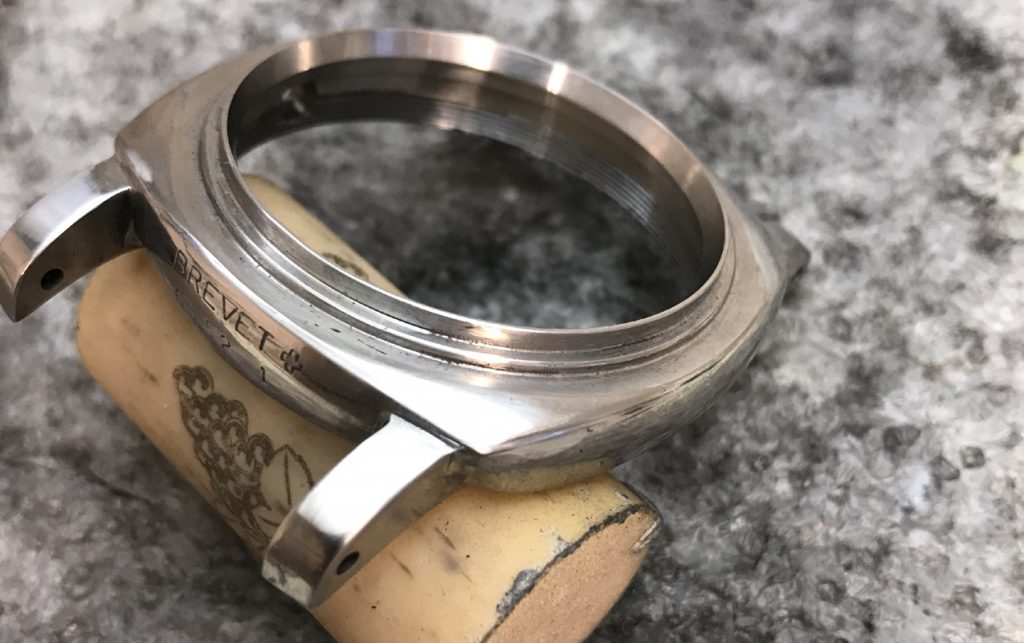
Below: The case has been dipped into hydrochloric acid for around 5 minutes (test first with a piece of stainless steel as acid come in different strengths).
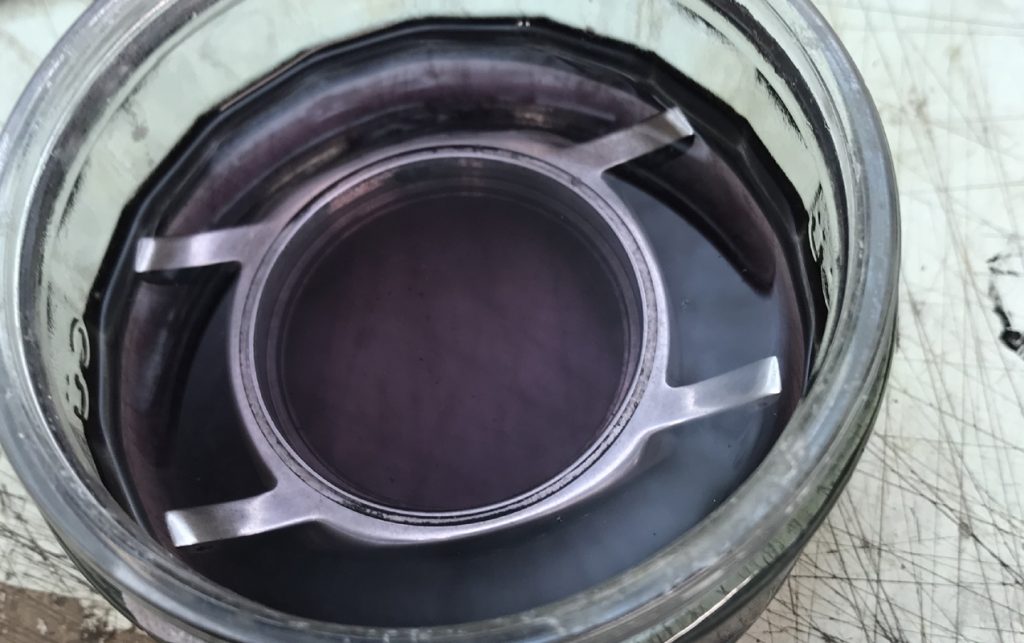
Below: 5 minutes later
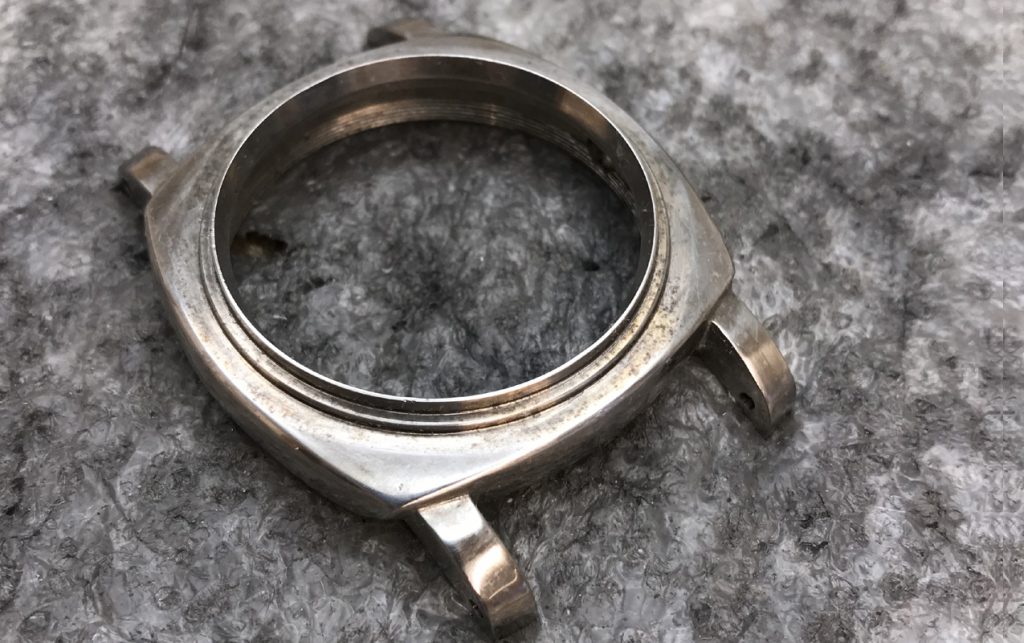
Below: later the case will be lightly polished in places, this image shows the case not polished straight after acid.
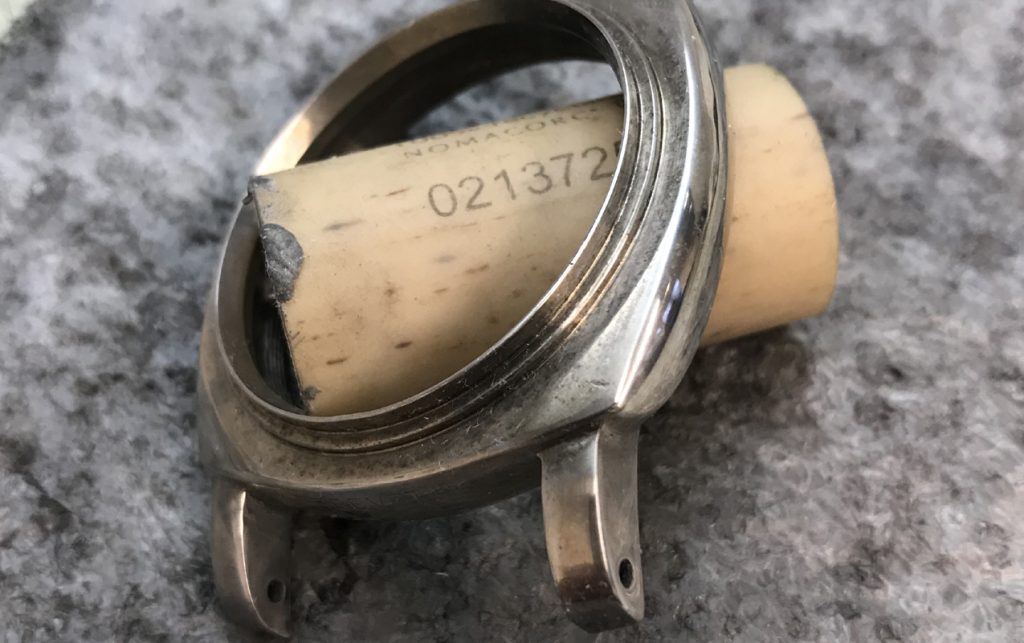
Below: Now its time to polish some areas with a cloth to remove some of the acid ageing. Do not used wet and dry paper.
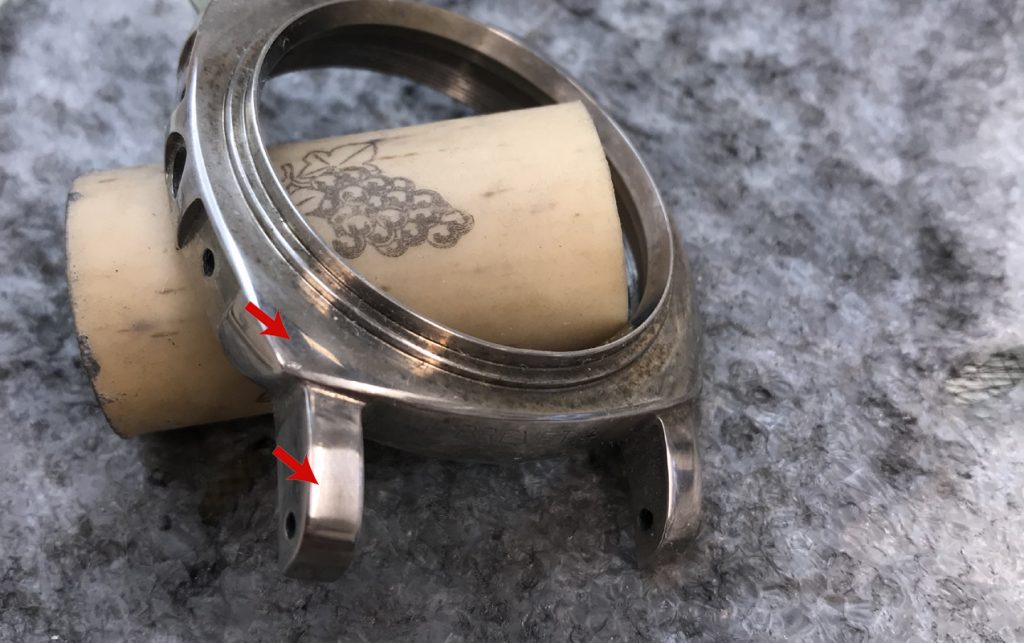
Below: The inside of the case is nicely aged and is left as it it.
